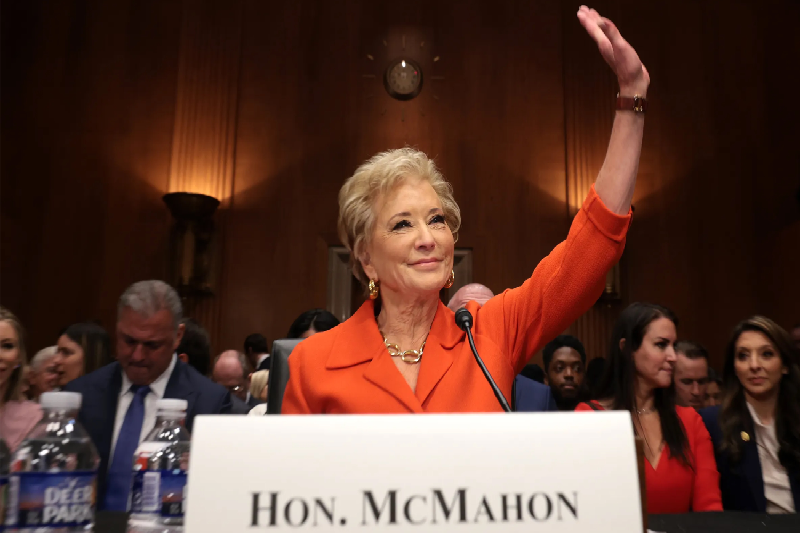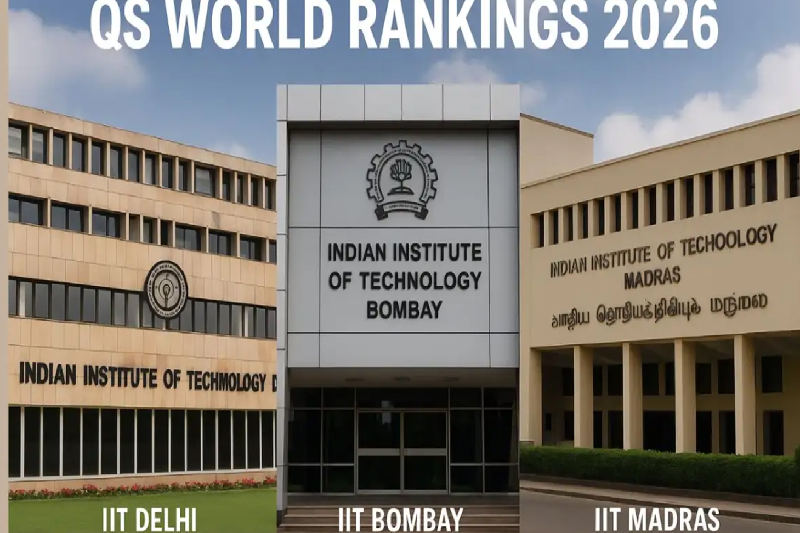
McMahon: DOE Shutdown Shows States Can Lead K-12 and Higher Education Without Federal Micromanagement
The recent 43-day shutdown of the U.S. Department of Education (DOE) offered a real-time case study in federal education bureaucracy—or rather, the lack of its necessity in daily operations. According to U.S. Secretary of Education Linda McMahon, classes continued uninterrupted, teacher salaries were processed, and school operations nationwide went on as usual.
In a commentary for USA Today, McMahon underscored that students continued attending lessons, sports seasons progressed without disruption, and local transportation systems ran normally. These observations highlight a striking reality: the federal education bureaucracy is largely not essential for day-to-day school functioning.
“The shutdown proved just how little the Department of Education will be missed,” McMahon wrote, emphasizing that school districts and states have been successfully managing education for decades, often independently of federal oversight.
States Are Better Positioned to Manage Education Funding
McMahon stressed that the DOE primarily functions as a pass-through agency for federal funds, many of which states can administer more efficiently. According to her, returning educational responsibilities to state governments does not mean eliminating federal support for key programs. Funding for low-income students, as well as students with disabilities, predates the DOE and will continue irrespective of federal centralization.
“Protecting students’ civil rights is work that will never go away,” McMahon explained, noting that critical federal functions required by law—such as anti-discrimination enforcement—remain intact even if a centralized bureaucracy is scaled back.
The Secretary argued that education is best overseen by those closest to families. Local educators, administrators, and state agencies have a more nuanced understanding of student needs than a distant federal office, making them better positioned to deliver meaningful outcomes.
Federal-State Partnerships Remain Important
While emphasizing state leadership, McMahon clarified that federal agencies continue to play a supportive role. She highlighted a first-of-its-kind integrated state plan portal developed in partnership between the DOE and the Department of Labor. This portal streamlines workforce development programs, allowing states to take the lead while benefiting from federal guidance and resources.
According to McMahon, such partnerships illustrate that federal involvement does not need to be micromanaging; it can focus on efficiency, service delivery, and facilitating innovation without dictating every local decision.
State-Led Reforms and Local Flexibility
The Secretary elaborated on ways the DOE encourages state-led reform within existing federal frameworks. Under Title I funding, states can exercise discretion and adopt local initiatives, including school choice measures, without exceeding federal rules. Additionally, waivers from regulatory requirements enable states to implement customized solutions tailored to their unique needs, reducing dependence on one-size-fits-all federal mandates.
McMahon also described ongoing 50-state listening tours, where DOE officials consult students, teachers, and K-12 and higher education leaders to identify strategies that improve learning outcomes. Successful programs identified in these consultations are highlighted by the DOE to serve as models for replication across other states.
Higher Education and Federal Student Lending Reforms
McMahon outlined the Department’s renewed focus on higher education. Federal funding is increasingly being directed to programs that develop career skills and workforce readiness, addressing the mismatch between educational outcomes and job market needs.
She pointed out that student lending limits do not always correlate with program quality or return on investment, contributing to the nation’s $1.7 trillion student debt crisis. In response, the DOE is implementing reforms under the One Big Beautiful Bill Act, designed to lower tuition costs and incentivize degrees and certificates with clear career pathways.
At the same time, McMahon assured that federal discrimination laws remain fully enforced, protecting students’ rights and ensuring equitable access to educational opportunities.
Conservative Goals for the DOE
The idea of reining in the DOE has long been a conservative policy goal. Since its creation under President Jimmy Carter in 1979, the department has expanded in scope, while certain student outcomes—like reading proficiency, global test scores, and college debt—remain challenges. McMahon cited these persistent issues to argue that empowering states and local leaders could lead to better results.
During her tenure as the 13th U.S. Secretary of Education, McMahon has emphasized reducing federal micromanagement while maintaining critical support functions. Her perspective reflects a broader conservative agenda: federal oversight should be limited, while states, which are closer to the educational ecosystem, should assume primary responsibility for policy execution and resource allocation.
Micromanagement vs. Meaningful Oversight
McMahon’s commentary underscores a central tension in U.S. education policy: the difference between micromanaging schools from Washington and providing meaningful oversight that supports student success. Her position is that the DOE’s day-to-day operations are largely redundant, and that the recent shutdown offered proof that local and state leadership can sustain educational systems effectively.
She envisions a DOE that focuses on policy guidance, civil rights enforcement, and federal funding programs, rather than dictating classroom operations, staffing, or curriculum choices. This approach, according to McMahon, allows states to innovate while ensuring equity and accountability through targeted federal involvement.
The Road Ahead: States Leading, Federal Support Ensuring
McMahon’s vision calls for an education ecosystem where states lead and the federal government facilitates. Key elements of this approach include:
- Maximizing state flexibility under Title I funding
- Encouraging local reforms and school choice measures
- Streamlining workforce development through federal-state collaboration
- Refocusing higher education funding on career readiness
- Maintaining federal enforcement of civil rights and anti-discrimination laws
This framework suggests a smaller federal footprint but a continued strategic presence to ensure funding, equity, and innovation.
Conclusion
The DOE shutdown has provided a practical demonstration of McMahon’s argument: schools, teachers, and students can operate effectively without constant federal oversight. At the same time, meaningful federal support remains crucial for protecting civil rights, funding vulnerable populations, and guiding innovation.
McMahon’s commentary highlights a broader debate in U.S. education: centralization versus state-led flexibility. Her position is clear—states and local authorities are better positioned to deliver high-quality education, while the federal government should act as a partner, not a micromanager. The recent shutdown has shown that, when empowered, states can maintain continuity, innovation, and equity in both K-12 and higher education systems.



